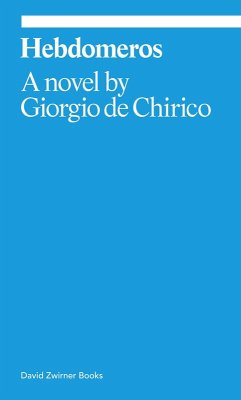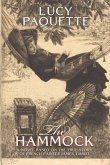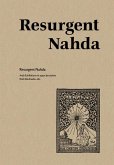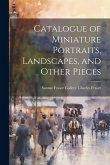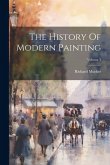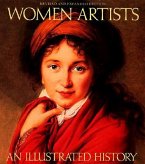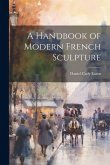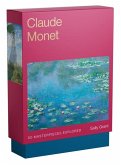This seminal 1929 surrealist novel by the painter Giorgio de Chirico merges the realms of dream and reality. In the artist’s only novel, de Chirico invites the reader into a world where language, time, space, and meaning are fluid, highlighting themes of mystery, myth, and the uncanny. Following the titular character Hebdomeros as he embarks on a series of philosophical musings and bizarre experiences divorced from a specific place or time, Hebdomeros embraces ambiguity in a profound exploration of the subconscious mind. Highly visual passages evoke the landscapes and compositions of de Chirico’s metaphysical paintings, and non sequiturs mirror the freedom that Surrealism allowed for in art of all categories. An introduction by the scholar Fabio Benzi contextualizes de Chirico’s work within a broader modernist framework, highlighting its influence on surrealism and its resonance with the literary and artistic movements of the early twentieth century.
Hinweis: Dieser Artikel kann nur an eine deutsche Lieferadresse ausgeliefert werden.
Hinweis: Dieser Artikel kann nur an eine deutsche Lieferadresse ausgeliefert werden.

